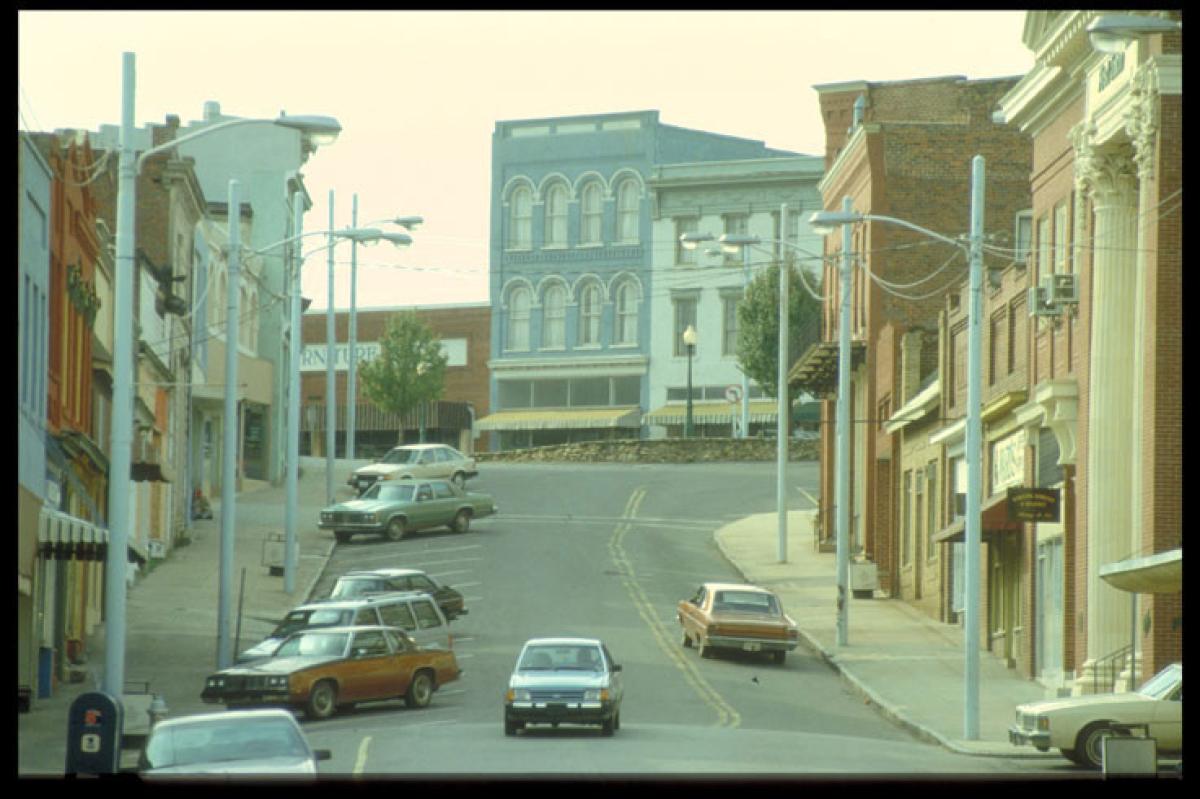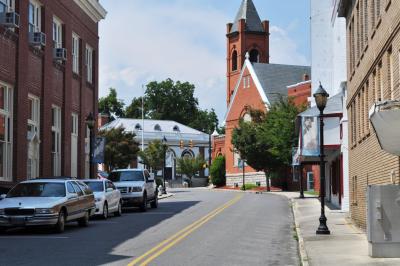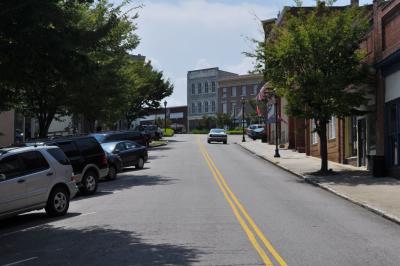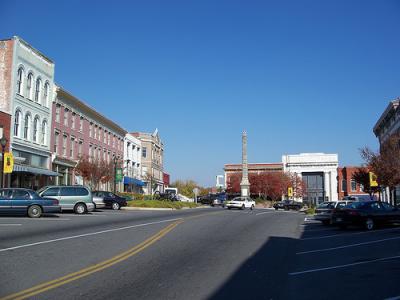
A Brief History
The City of Chester is the County seat of Chester County and came into existence as a governmental center about 1795 when a state commission seeking a location for the courthouse for the Chester judicial circuit chose the site for its first courthouse. Shortly after 1800 the town was described as having grown to contain about thirty houses. By 1825 the town had about sixty houses.
The Columbia-Chester railroad line was completed in 1851 and provided impetus to the growth of the town. Following the civil war, Chester became the hub of a radiating network of railroads. With the expansion of agricultural activities and the development of the textile industry in the area, Chester became a thriving commercial center.
The hill top occupied by the courthouse and served by the six radiating roads functioned as the heart of development for the fifty years from about 1870 to 1920. From about 1920 until after the second world war, Chester remained relatively stable. In the 1950’s development began to spread outward with shopping centers and subdivisions.
Throughout its history since incorporation as a municipality in 1840, the city limits have remained virtually unchanged from the one-mile radius from the center of town.
The City of Chester and its Downtown area has experienced history marked by economic booms as well as hardships. As a mill town, the City enjoyed a flourishing economy at the height of the textile and railroad industries. Three mills were established in Chester, Gale, Eureka and Springsteen, with the Springsteen Mill Hill village built in Downtown Chester. The historic Gadsden-Lancaster Streets Corridor encompasses the Downtown’s rich cultural heritage and many of the City’s oldest homes, the Chester Historic District and African American landmarks as the Brainerd Institute-Kumler Hall and Mt. Hebron Cemetery.
Also, Downtown Chester was hard hit by four major fires and a disastrous tornado in 1884. The post- World War II economic boom and suburban growth also had negative impacts on Downtown.
During the late 1960s until the 1980s, numerous Downtown buildings became vacant and fell into a state of disrepair, due largely to the growth of air-conditioned malls and shopping centers. But the significant downtown improvement project was the city-sponsored streetscape project of 1996. Completed with the help of substantial grant awards, this project cost roughly $1.8 million.
As part of this project, utility lines were buried, street and sidewalks were paved, decorative streetlights were added, the traffic pattern was re-routed, and a new park area was completed at the top of the hill. This park area is known as Monument Square and features a Confederate monument, a Civil War cannon, the Aaron Burr Rock, and a 19th century cistern.
Today the City, local businesses and non-profit organizations engage in efforts for Downtown revitalization through strategies which include art, culture, special events, and tourism. These efforts aim to build community and strengthen inclusion and diversity, while attracting tourists and new businesses.



